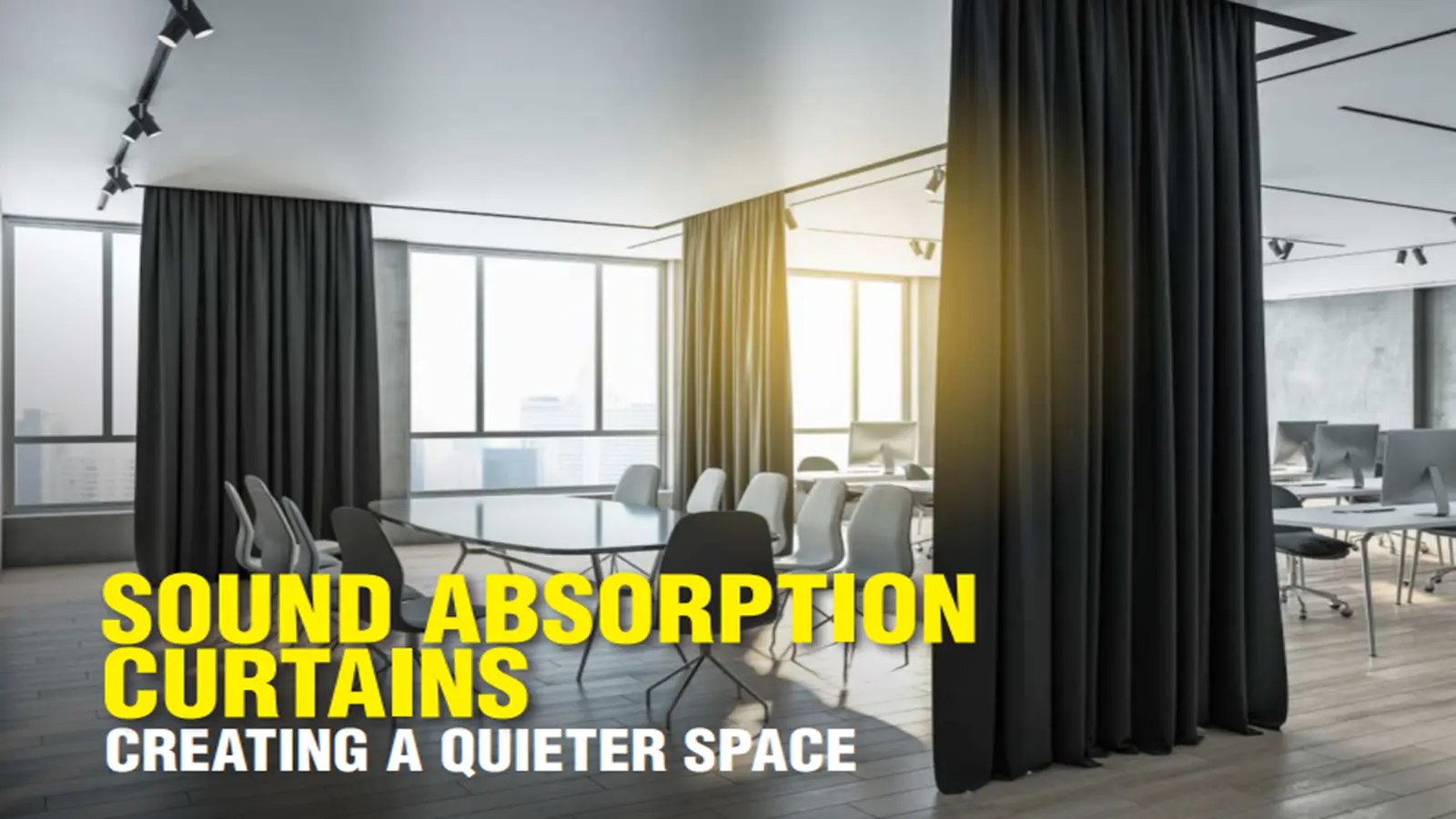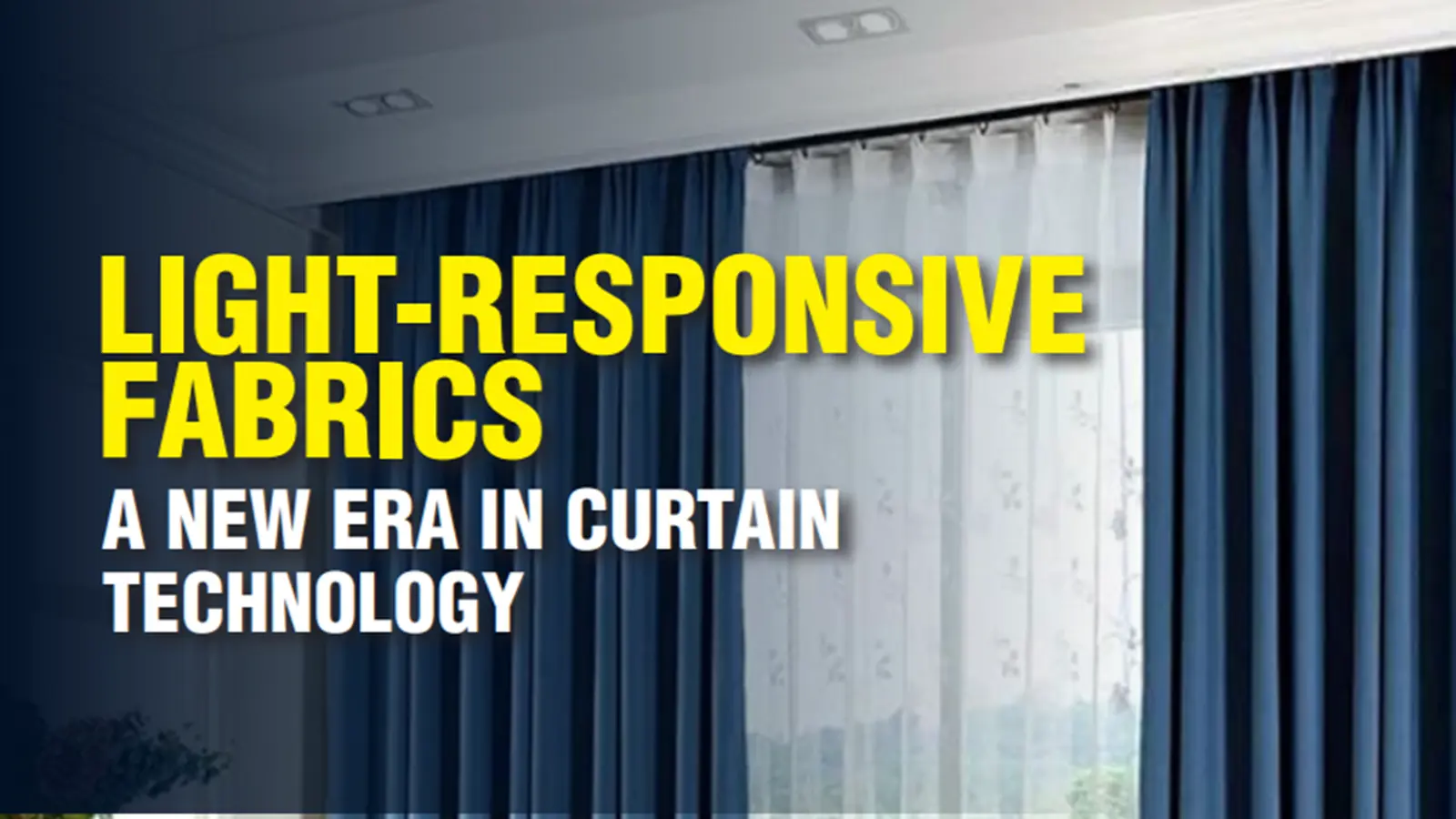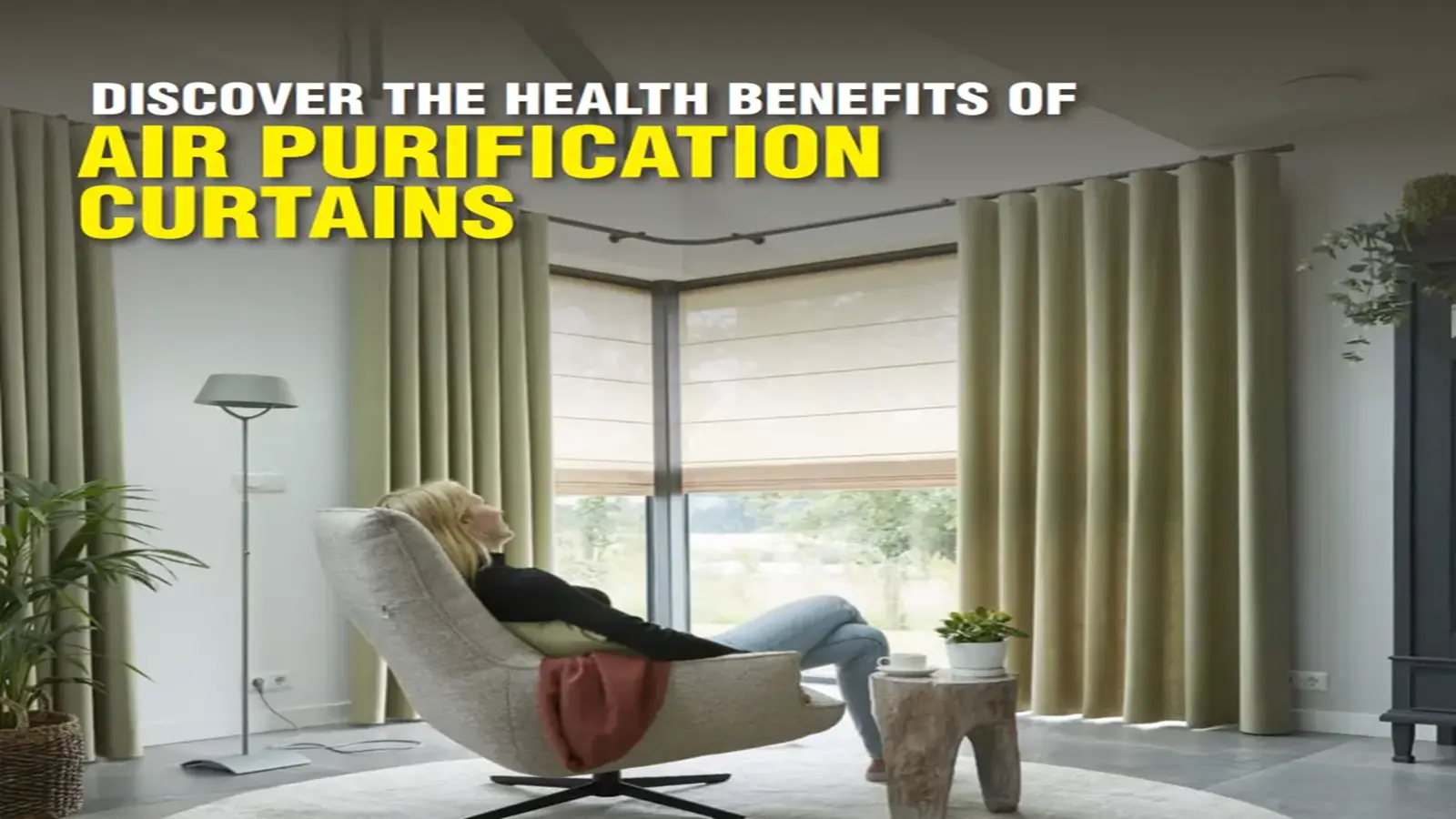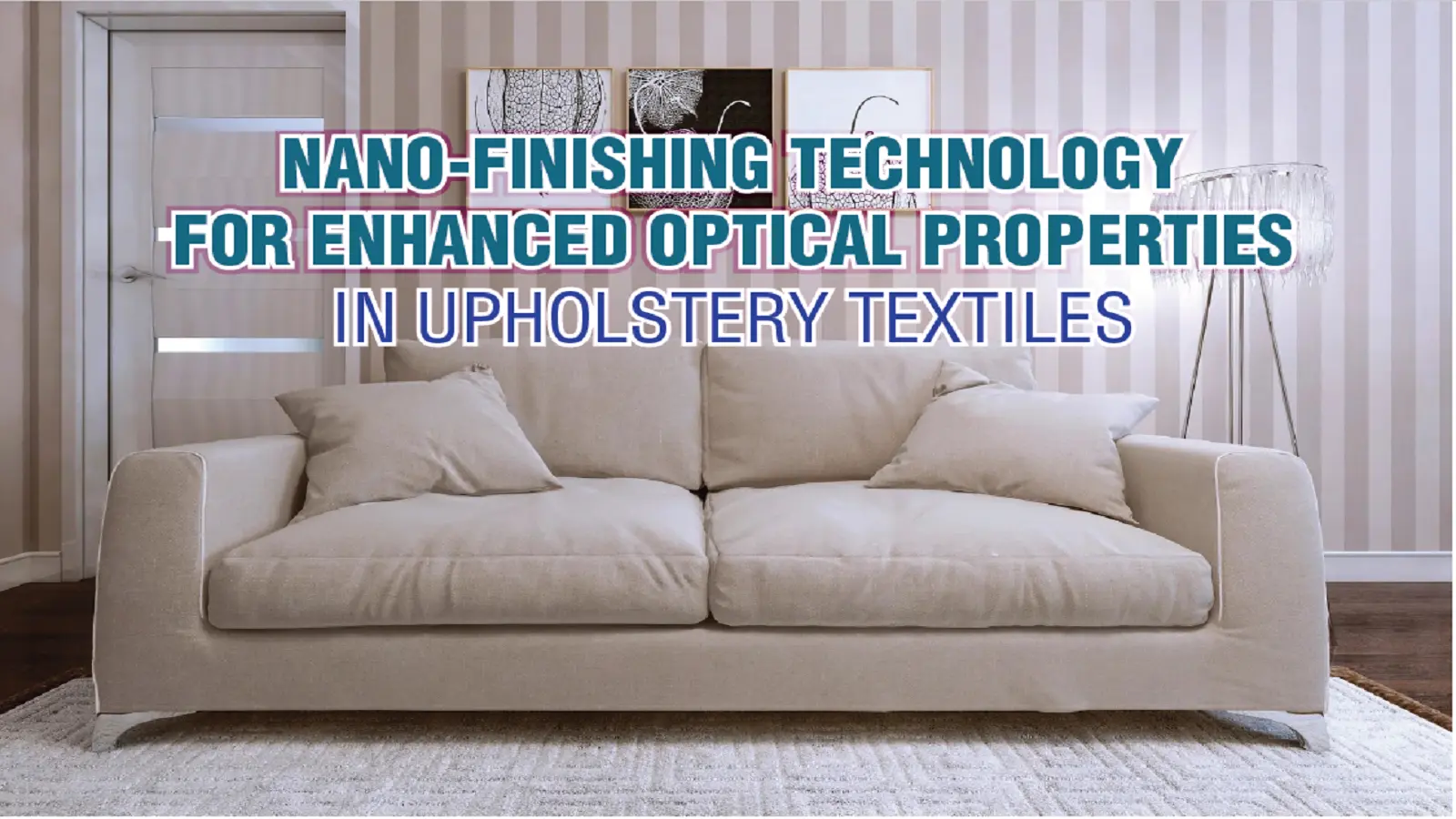Sound Absorption Curtains Creating A Quieter Space
Share Post
Sound-absorbing fabrics used in curtains work by minimizing the reflection of sound waves, thus reducing reverberation and echo within a room. They don’t completely block sound from passing through (that’s sound blocking or sound insulation), but they significantly dampen the sound energy within a space.
Exploring the World of Sound-Insulating Curtains
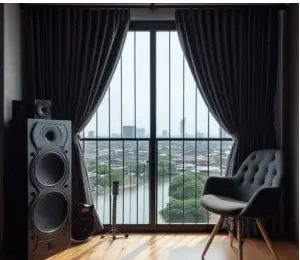
Imagine a home where outside noise fades away, echoes disappear, and conversations flow effortlessly. Sound-insulating curtains offer a simple yet effective way to transform your living space into a peaceful sanctuary. Tired of the constant hum of traffic or noisy neighbors? Sound-insulating curtains act as a barrier against unwanted external noise, creating a more tranquil environment inside your home. Enjoy a sense of calm and privacy, even in the busiest of neighborhoods.
Hard surfaces like tile and wood floors can create annoying echoes that make rooms feel cavernous and conversations difficult. Sound-insulating curtains absorb sound waves, reducing reverberation and creating a more balanced and comfortable acoustic environment. Beyond their sound-dampening benefits, acoustic curtains can also contribute to energy savings. Thick, insulating fabrics help to regulate indoor temperatures, reducing the workload on your heating and cooling systems.
Sound-insulating curtains offer more than just noise control; they help create a pleasant and serene atmosphere in your home. Transform your living space into a haven of tranquility where you can relax, unwind, and truly enjoy your time indoors.
Fabric Density and Structure Dampen Sound
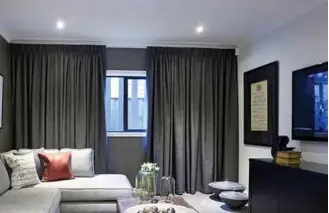
Ever notice how a room with plush carpeting feels quieter than one with hardwood floors? That’s because soft, dense materials absorb sound. This principle is at the heart of sound-absorbing curtains, which use specialized fabric structures to create a more peaceful and comfortable environment.
Denser, thicker fabrics with complex weaves offer greater resistance to sound waves. As sound travels through the fabric, the fibers convert the sound energy into minuscule amounts of frictional heat. Think of it like a sponge soaking up water, the more porous and denser the material, the more it absorbs. The intricate weave and substantial material create a labyrinth for sound waves, trapping and dissipating their energy.
Several materials excel at sound absorption thanks to their inherent density and structure. Heavy velvets, thick cottons, and specialized acoustic fabrics made from blends of synthetic fibers are all excellent choices. The key is a substantial amount of material per unit area – the more fabric, the sounder absorption.
By reducing echo and reverberation, sound-absorbing curtains create a noticeably quieter and more comfortable atmosphere. They’re particularly effective in spaces with hard, reflective surfaces like tile or wood floors, which tend to amplify sound.
Texture’s Take on Sound Absorption
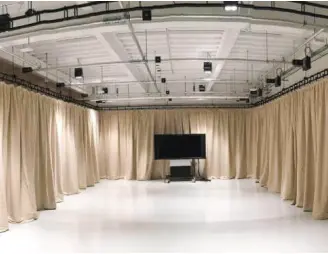
Beyond the density and weave of a fabric, its surface texture plays a significant role in how effectively it absorbs sound. Pleats, folds, and quilted patterns aren’t just decorative; they’re functional design elements that contribute to a quieter, more comfortable space.
Textured surfaces, like those found in pleated, folded, or quilted fabrics, dramatically increase the surface area exposed to sound waves. This increased surface area creates more opportunities for sound waves to be trapped and absorbed within the fabric’s folds and crevices. Think of how egg cartons are used for soundproofing – the uneven surface helps to break up and absorb sound waves, preventing them from reflecting back into the room. Compared to smooth, flat fabrics, textured materials offer enhanced sound absorption. The increased surface area provides more points of contact for sound waves, maximizing their interaction with the fabric and increasing the likelihood of absorption.
While texture plays a valuable role in sound absorption, it’s important to remember that it works best in conjunction with other factors, particularly the fiber structure and density of the fabric. Texture alone won’t provide the same level of sound dampening as a thick, densely woven fabric. Instead, think of texture as an added bonus, a way to further enhance the sound-absorbing properties of your curtains. It’s the combination of a dense, well-woven fabric and a textured surface that creates the most effective sound-absorbing window treatment.
The Layered Approach to Sound Control
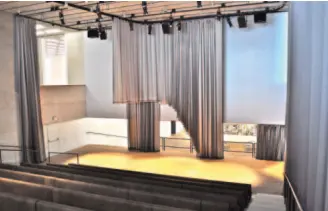
Want to take your sound-absorbing curtains to the next level? Adding a backing layer, whether a dense, heavy material or a specialized acoustic liner, can significantly boost their sound-dampening capabilities. Think of your curtain as the first line of defense against unwanted sound. Adding a backing material creates a second barrier, further enhancing its ability to trap and dissipate sound energy. This extra layer acts like a sound sponge, absorbing even more of the sound waves that pass through the main curtain fabric. The benefits of adding a backing are substantial. It significantly improves the overall sound absorption of the curtain, making it even more effective at reducing echo and reverberation.
This is especially helpful in rooms where noise control is a priority, such as home theaters, offices, or bedrooms. While the added sound absorption is a major plus, it’s important to be aware of the trade-offs. Adding a backing material inevitably increases the weight and thickness of the curtain. This can affect how the curtain drapes and may require sturdier curtain rods to support the added weight. However, for those seeking maximum sound control, the added weight and thickness are often a worthwhile compromise.
Exploring Acoustic Fabrics
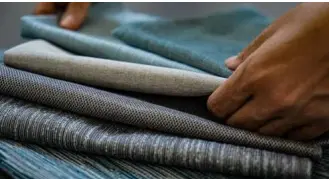
When it comes to maximizing sound absorption in curtains, acoustic fabrics stand apart. These aren’t your average window coverings; they’re engineered textiles specifically designed to minimize noise and create a Acoustic fabrics represent the cutting edge of sounddampening technology. They often combine multiple sound-absorbing mechanisms, such as specialized fiber blends, intricate weave patterns, and sometimes even embedded sound-absorbing materials. This multifaceted approach makes them exceptionally effective at controlling noise.
Acoustic fabrics offer the highest level of sound absorption you can achieve in a curtain format. They’re the go-to choose for spaces where noise control is paramount, such as recording studios, home theaters, and conference rooms. If you’re serious about creating a peaceful and quiet space, acoustic fabrics are the ideal solution.
While acoustic fabrics offer unparalleled sound absorption, they typically come with a higher price tag than standard curtain fabrics. This reflects the advanced engineering and specialized materials used in their construction. However, for those who prioritize a quiet and comfortable environment, the investment in acoustic fabrics can be well worth it. Think of it not just as buying curtains, but as investing in your peace of mind.
03:06 PM, Oct 09
Other Related Topics
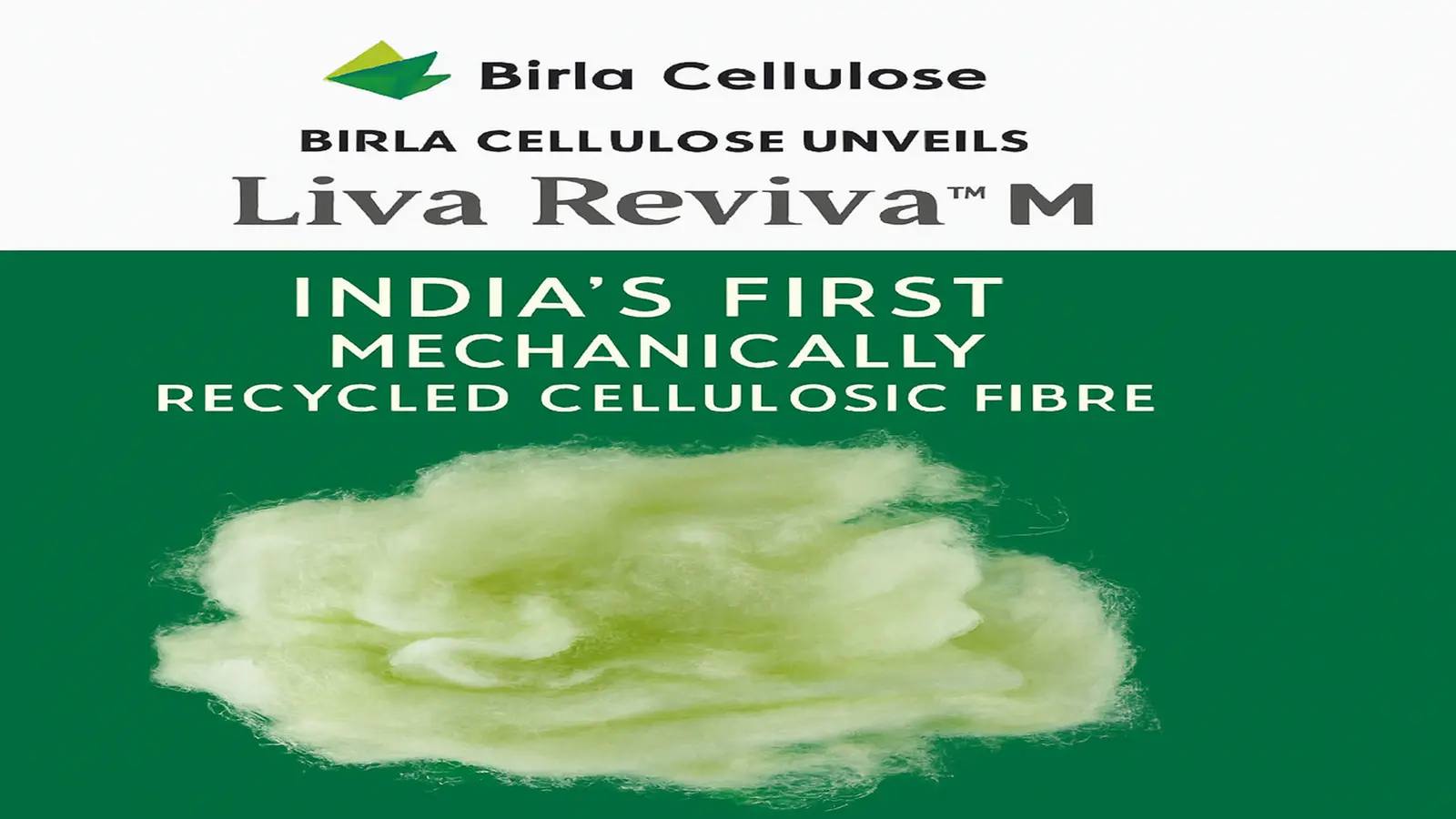



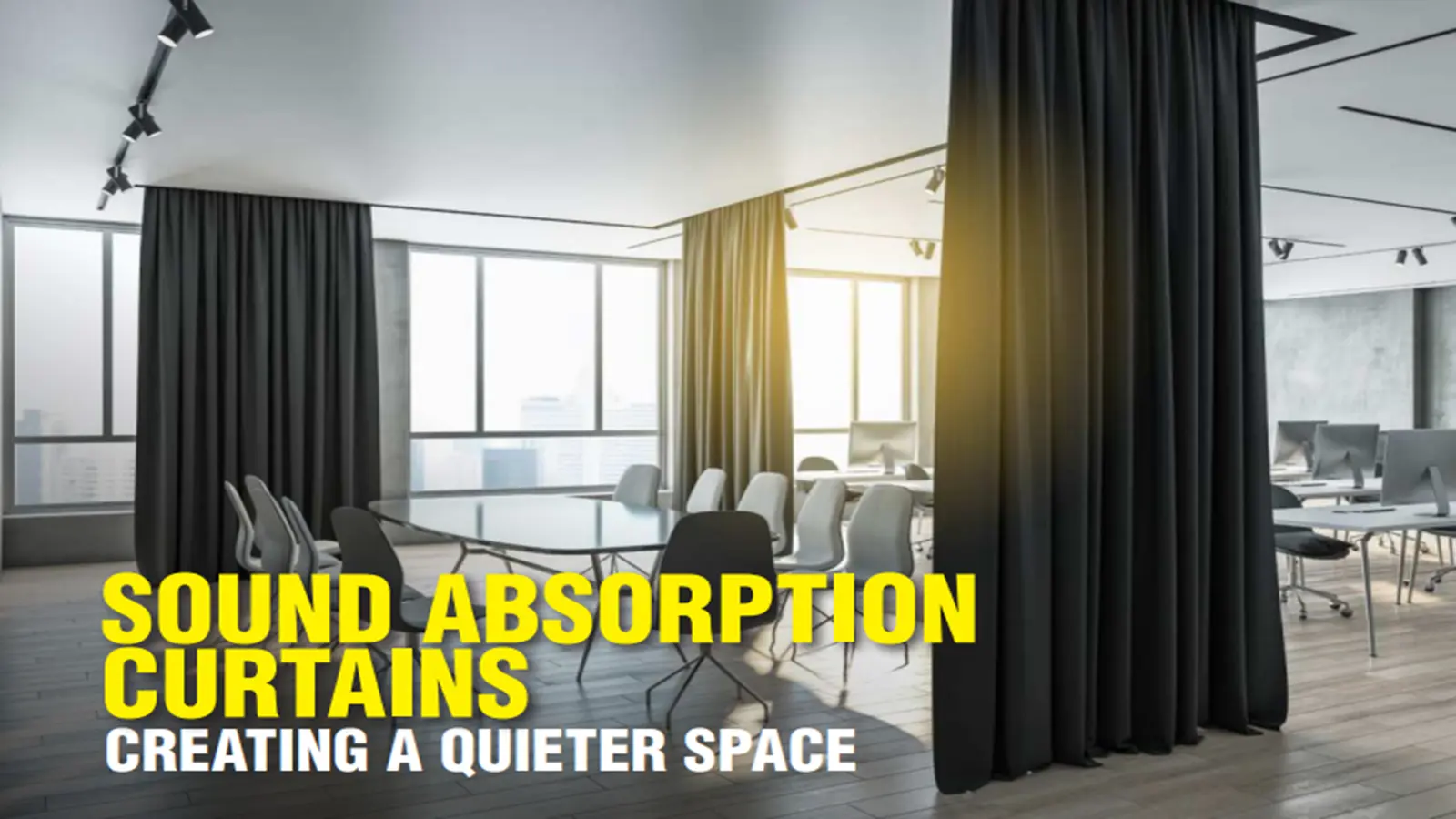


.webp)



